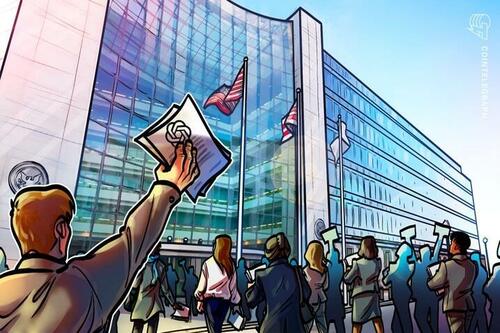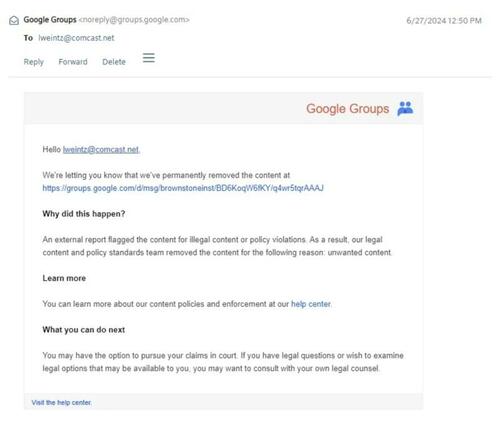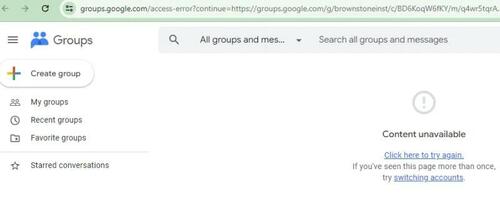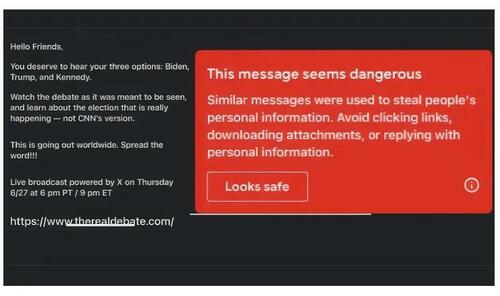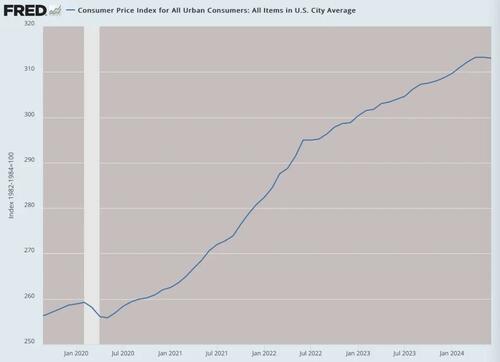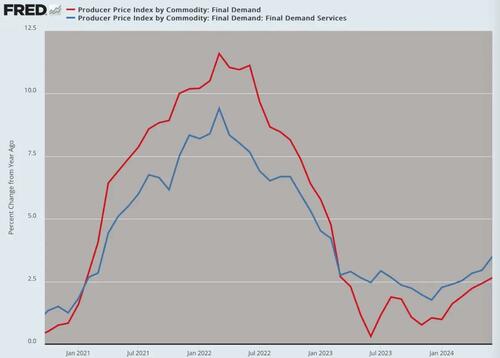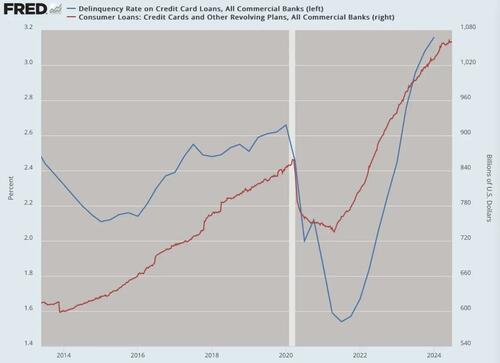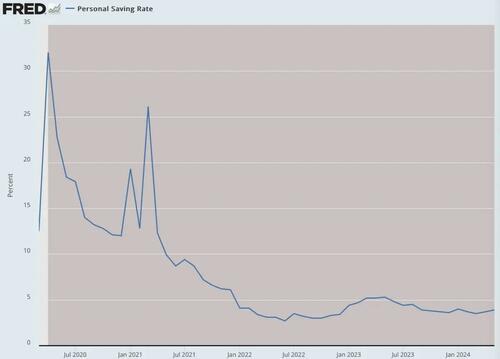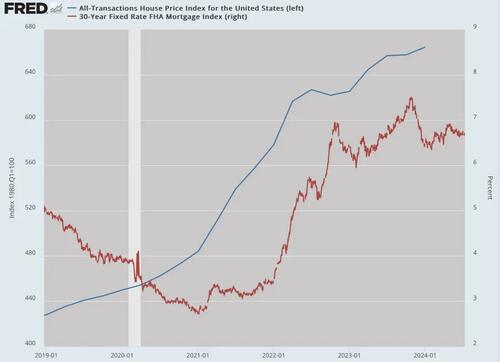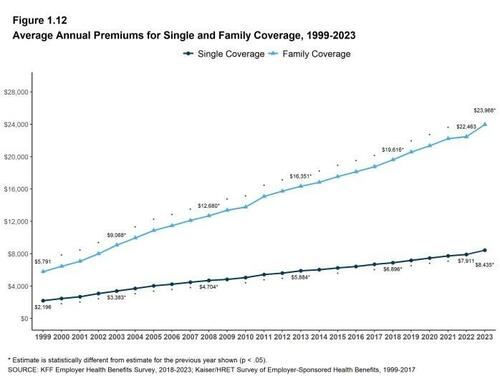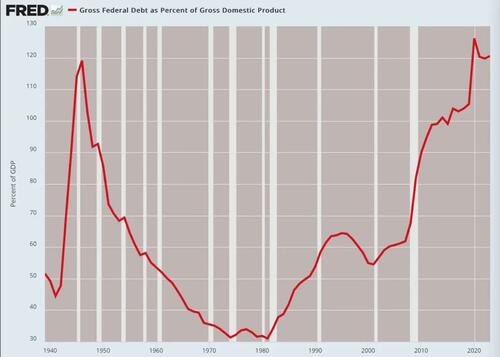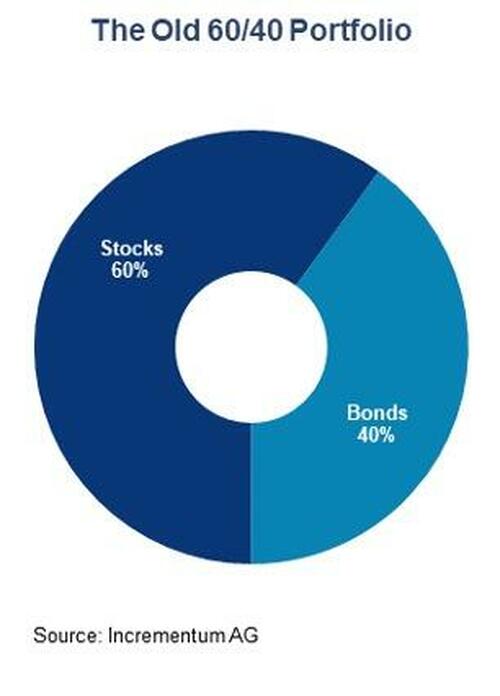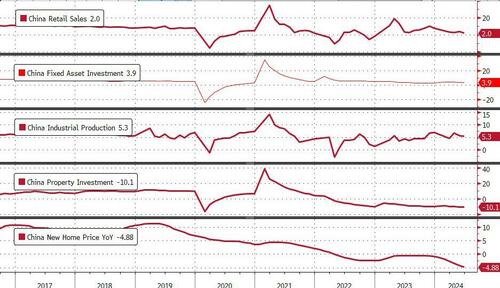Will The Left Respect Democracy If Trump Wins?
Authored by Thaddeus McCotter via AmericanGreatness.com,
The left and its mocking bird media are fond of asking whether the GOP and MAGA movement will “accept the results of the election.”
Their question’s assumptions are two-fold:
-
one, there will be no voter “irregularities” in the election;
-
and, two, the Democrat candidate will win the presidency.
Their first assumption would constitute a historical first. America has a long history of such electoral irregularities by both parties. In addition to the Jim Crow civil rights violations against African-Americans starting during Reconstruction, various “bosses” from both parties orchestrated patronage systems designed to facilitate electoral wins by any means fair or foul to keep the graft gravy train running: phantom voters, ballot box stuffing, multiple voting by individual voters in the same election, etc.
In the 18th Century, New York was a hotbed of “bossism.” One of the earliest and most successful was former Whig and later GOP boss, Senator Thurlow Weed. Later, and ironically, the chief executive who signed the Pendleton Civil Service Reform Act was a product of New York Senator and state GOP boss Roscoe Conkling’s machine, namely President Chester A. Arthur, who was known as “the Gentleman Boss.” Meanwhile, in New York City, William M. “Boss” Tweed helmed the Democrats’ legendary Tammany Hall.
Yet, while the above instances were predicated on greed, today ideology and fear can spark the baser instincts of many politically driven individuals to “win” elections by any means necessary. Thus, in our politically divisive time, wherein many on both sides of the aisle believe the defeat of their party will result in the death of democracy and/or the republic, it is naïve to believe not one solitary individual, be they left or right, would endeavor to engage in voter irregularities to win.
For example, in a nation of more than 330 million citizens and millions more individuals who are in the nation illegally, it would be presumptuous to assume no individual would avail themselves of the opportunity to have non-citizens and/or “undocumented arrivals” illegally cast a vote, especially since many Democrats support non-citizens voting in American elections at the local, state, and national level. Further, in this and other instances, the former COVID-19 “emergency” voting procedures that have now been formalized in several states engender the temptation to engage in and hinder the ability to detect such voting “irregularities.”
Finally, it is inane to ask anyone if they accept as a fact a hypothetical. How can anyone state they will accept the rectitude and the outcome of an election that has not happened yet? Granted, in demanding Republicans and MAGA supporters concede this determination in advance, the left is attempting to promote its “insurrectionist” narrative. But it is also endeavoring to insulate itself should any of its supporters become, shall we say, overzealous in their harvesting of ballots. In doing so, they are implying that they, too, have already conceded the rectitude and the outcome of the election.
Yet, the left has most certainly not conceded this point.
This brings us to the left and their mocking bird media’s second assumption: the Democrat candidate—whoever it may be—will win the presidency; and only the GOP and MAGA election-deniers would refuse to concede the legitimacy of this win. This assumption has lately been shaken by Mr. Biden’s debate debacle. Nevertheless, Democrats have not been required to affirm their preemptive allegiance to the election’s conduct and outcome. Why?
Well, if recent history is any guide—and it is—the left is reserving its rights to dispute any 2024 election procedure, real or imagined, and the election of Mr. Trump.
Consider:
During the 2016 presidential campaign, the Democrats in the Obama administration colluded with the Clinton campaign’s partisans to launch the Russiagate lie that Mr. Trump was a pawn of Vladimir Putin. After Mr. Trump won the election, the Russiagate lie was used to falsely discredit his election and subvert his presidency through baseless investigations by a politically weaponized federal bureaucracy. All the while, after they took time off for grief counseling, Democrats took to the streets and declared they were the “Resistance” to the duly elected President Trump.
To cite but the most notorious examples, during the 2020 presidential campaign, even as the BLM “mostly peaceful” riots roiled the nation’s streets with the approval of the left’s health care “experts,” who deemed protests more important than stopping the spread of the pandemic, and while leftists and Antifa razed statues with impunity and tacit approval of like-minded officials, Democrats, their mocking bird media, and Big Tech censored the truth about Hunter Biden’s laptop and, instead, spread the deceit that it had all the “hallmarks of Russian disinformation” to discredit its revelations and facilitate Mr. Biden’s presidency.
Then, again to cite but a few egregious examples, Mr. Biden’s administration implemented their political indoctrination of their DIE (diversity, inclusion, equity) secular religion within the federal government and military and have now engaged in and/or facilitated the “lawfare” persecution of political opponents and dissenters, including Mr. Trump, thereby establishing the despicable precedent that some Americans are “below the law” and its protections due to their political and/or religious beliefs.
Heading into the 2024 election, even as leftists are engaged in pro-Hamas protests that spew virulently anti-Semitic tropes and veiled threats of violence, having sparse policy achievements to cite, the Democrats are further fueling domestic division and discord with their paranoia-addled appeals to their base, such as the “loss of their rights,” and, recently, the risible claim a recent Supreme Court decision will allow a re-elected President Trump to order “death squads” to eliminate his opponents with impunity.
In sum, Democrats, who already believe anything they do to defeat Mr. Trump is justified, are afraid democracy will destroy “our democracy” (i.e., “their party”). In consequence, it is both valid and imperative to ask whether the left will respect democracy if Mr. Trump wins. And, if they don’t, what next?
Tyler Durden
Mon, 07/15/2024 – 07:20
via ZeroHedge News https://ift.tt/WFOwMAp Tyler Durden

